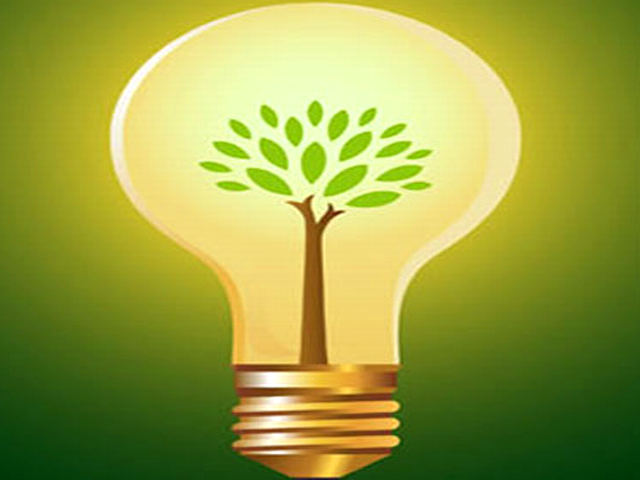‘Portile de Fier’ Hydro-power Plant
A country with a good hydrographic network such as Romania could not have missed the opportunity of using hydropower to both help the industry and to cover domestic demands.

România Internațional, 29.08.2015, 14:07
Since the discovery of electricity, man’s growing reliance
on it has been a constant motivation to search for more efficient, cleaner and
cheaper production sources. Baron William George Armstrong is acknowledged as
the creator of the first source of electricity produced through the use of
water, and his 1876 generator had the power to light a house. But since
Armstrong’s invention, hydropower production equipment has seen substantial
development and diversification. A country with a good hydrographic network
such as Romania could not have missed the opportunity of using it both to help
build its industry, and to cover its household and public electricity demand.
The advantages of hydropower over other energy sources include the flexibility
of the equipment in setting and resizing technical parameters, small production
and development costs, low carbon dioxide emissions, the use of dams for other
additional purposes, and its suitability for particular industrial sectors. In
the mid-1960s, Romania and Yugoslavia agreed to build a hydropower plant, in
the area where the River Danube flowed through the Carpathians, which was also
their common border. Beyond the economic importance of the hydro power station,
there was also a political dimension to the project, in that it signalled
Romania’s taking a distance from the USSR and strengthening ties with Tito’s
Yugoslavia, which had disagreed with the Soviets ever since 1948. The new hydro
power plant was named Portile de Fier, meaning Iron Gates, and was the
largest electricity producer for both countries.
The first steps were taken in
September 1963, when an agreement was signed in Belgrade, between Yugoslavia
and Romania, on building a hydropower and navigation system in the area. Just
months later, in January 1964, the first funds were allocated for building the
complex, the works proper being started in September, the same year.
Construction works lasted 6 years, until May 1972, with each country building
its part of the project on its own territory. The dam of the hydro power plant,
measuring 1,278m, was built 15 km north of Drobeta Turnu Severin, in a
breathtakingly beautiful area. The future storage lake was estimated to be 100
km long and a capacity of 2,200 million cubic meters. The Iron Gates plant
develops a power of 2,160 mega-watts, half of which is being used by the
Romanian side. The average annual output of the power plant is 5,120 de
gigawatts, with 6 Kaplan turbines operating on each of its sides. Navigation
locks, the biggest of their kind, make possible the navigation of ships in the
area. 60 kms downstream of the city of Drobeta Turnu Severin, Romania and
Yugoslavia built between 1977 and 1984 another hydropower plant of only 500 megawatts
called The Iron Gates II. But behind such large-scale constructions there are
many sacrifices. Under the storage reservoir there is the Ada Kaleh Island, an
oasis of oriental culture and civilization that was inhabited until 1968 by a
Turkish population.
Also, the old town of Orsova was covered by the Danube’s
waters, with the people there being relocated on highest shores. When the
hydropower plant was built, as many as 100 people died because of labour
accidents. The Iron Gates area is really impressive. Besides the spectacular
appearance of the hydropower plant, travelling through the Danube gorges, the
largest in Europe, offers tourists breathtaking views. The natural park The
Iron Gates was also set up there. The area has a very rich history, the
archaeological findings being proof of the passing of emperor Trajan’s army
between 101-102 and 105-106, in a campaign against the Dacians led by King
Decebalus. Here you can also see the foot of the bridge built by Apollodorus of
Damascus upon the order of the same emperor Trajan.





























